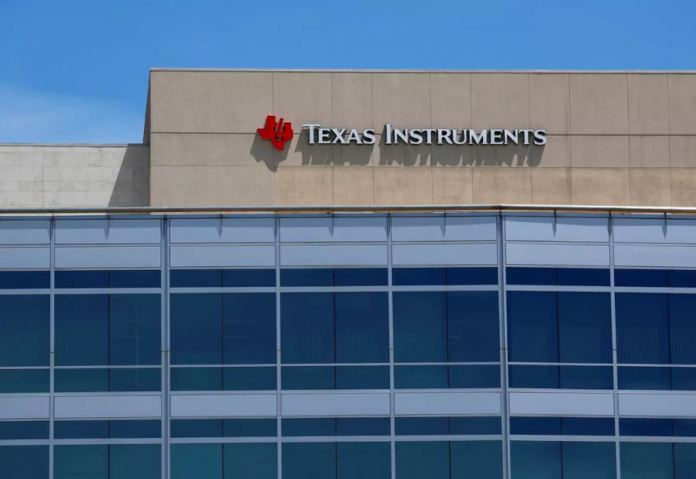Texas Instruments (TI) outperformed analysts’ estimates for profit in the second quarter thanks to a stable demand for analog chips from several industries, including personal electronics, and a decline in manufacturing costs.
Texas Instruments (TI) exceeded analysts’ projections for second-quarter profit due to declining manufacturing costs and a steady demand for analog chips from areas including personal electronics. Orders for the company’s chips have increased as a result of businesses being able to clear off excess inventory that resulted from stockpiling during the epidemic, thanks to a comeback in sales of smartphones and PCs. Logan Purk, an analyst with Edward Jones, stated that “analog demand has bottomed and started to show some incremental growth.”
Texas Instruments’ stock was up 3% during extended trading, adding to the company’s roughly 16% rise so far this year. According to CFRA Research senior stock analyst Angelo Zino, “positive reaction after-hours likely reflects in-line third-quarter guidance after fear of softer-than-expected analog demand following NXP’s results last night.” In regular trade, shares had dropped 3.7% after peer NXP Semiconductors (NXPI.O.) issued a cautious projection.
According to CEO Haviv Ilan, TI’s second-quarter business in China increased by roughly 20% sequentially, and customers “have stopped managing their inventories over there.” Amid LSEG data, the company’s third-quarter revenue prediction of $4.1 billion was in line with analysts’ average estimate, while its second-quarter reported earnings of $1.22 per share topped estimates of $1.16. Increased factory loadings, or the volume of goods produced, helped to support profit by distributing fixed costs over higher production.
Rafael Lizardi, the chief financial officer, blamed higher internal manufacturing and a stronger emphasis on 300 millimeter wafer technology for the decreased costs of producing units during a teleconference. Elliott Investment Management, an activist investor, had pushed TI in May to increase its free cash flow and reduce its significant expenditures on expanding its 300-millimeter fabs. The “capital allocation initiatives announced by CEO Haviv Ilan” during the earnings call were warmly received by Elliott on Tuesday.
Against projections of $1.25 billion, capital expenditure came to $1.06 billion. Michael Schulman, chief investment officer of Running Point Capital, stated that “lower-than-expected capital expenditures suggest that TI is tightening its belt and responding to activist investor Elliot Management’s $2.5 billion position in the company.” However, TI is unlikely to deviate from its capital investment strategy, according to several experts.
Do Follow: CIO News LinkedIn Account | CIO News Facebook | CIO News Youtube | CIO News Twitter
About us:
CIO News is the premier platform dedicated to delivering the latest news, updates, and insights from the CIO industry. As a trusted source in the technology and IT sector, we provide a comprehensive resource for executives and professionals seeking to stay informed and ahead of the curve. With a focus on cutting-edge developments and trends, CIO News serves as your go-to destination for staying abreast of the rapidly evolving landscape of technology and IT. Founded in June 2020, CIO News has rapidly evolved with ambitious growth plans to expand globally, targeting markets in the Middle East & Africa, ASEAN, USA, and the UK.
CIO News is a proprietary of Mercadeo Multiventures Pvt Ltd.






